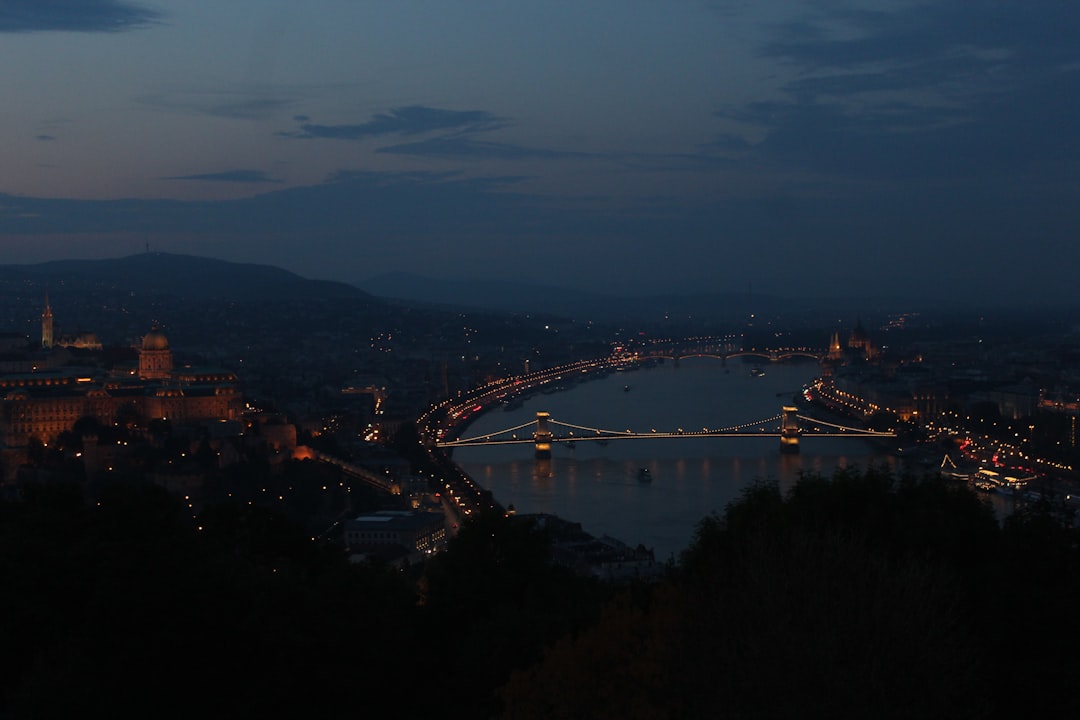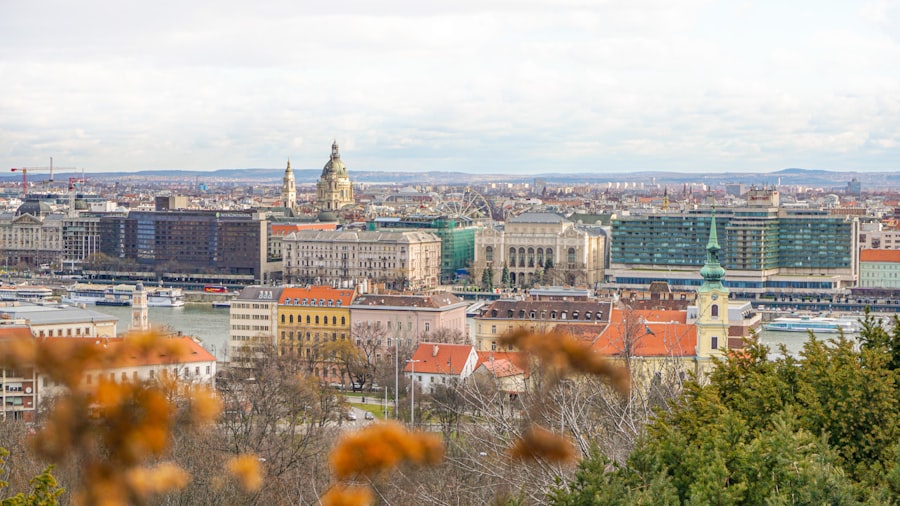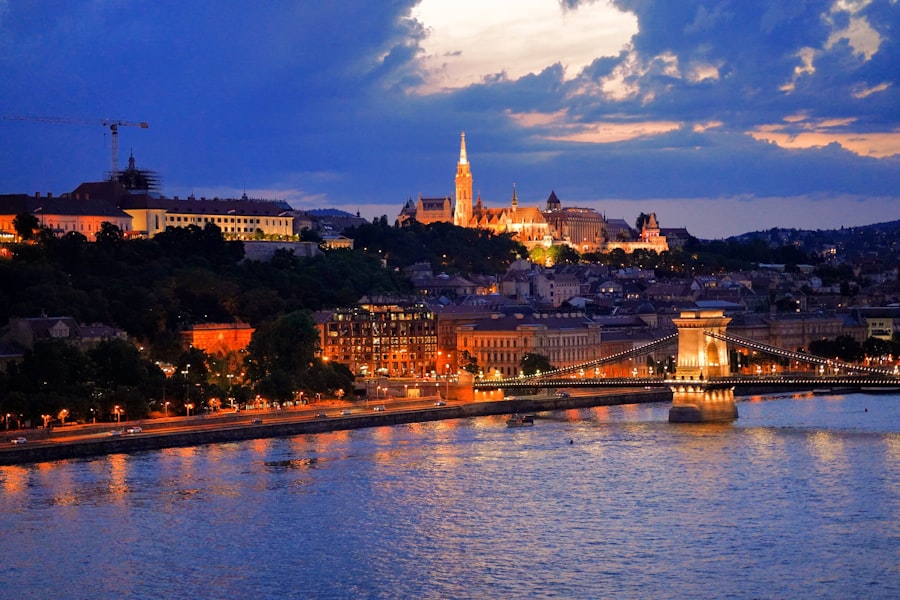
Hungary, a landlocked country in Central Europe, is often celebrated for its rich history, vibrant culture, and stunning landscapes. Bordered by Austria, Slovakia, Ukraine, Romania, Serbia, Croatia, and Slovenia, Hungary serves as a crossroads of various cultures and traditions. The capital city, Budapest, is a striking blend of old-world charm and modern vibrancy, often referred to as the “Paris of the East.” With its iconic Danube River flowing through the heart of the city, Budapest is a focal point for travelers seeking to explore the unique heritage and contemporary life of Hungary.
The Hungarian language, known as Magyar, is one of the most distinctive aspects of the country’s identity. It belongs to the Finno-Ugric language family, which is quite different from the Indo-European languages spoken in most of Europe. This linguistic uniqueness reflects Hungary’s complex history and cultural influences.
As a nation that has endured various occupations and political changes over the centuries, Hungary has developed a rich tapestry of traditions, folklore, and artistic expressions that continue to thrive today.
Key Takeaways
- Hungary is a landlocked country in Central Europe known for its rich history, stunning architecture, and vibrant culture.
- Hungary has a complex and fascinating history, with influences from the Romans, Ottomans, and Habsburgs, and is home to a unique language and folklore.
- Must-visit places in Hungary include the capital city of Budapest, the historic town of Eger, and the picturesque Lake Balaton.
- Natural wonders and landmarks in Hungary include the Danube Bend, the Tokaj wine region, and the stunning caves of Aggtelek.
- Unique sights and activities in Hungary include visiting the thermal baths, exploring the charming villages of the countryside, and experiencing traditional Hungarian cuisine and folk music.
Historical and Cultural Facts about Hungary
Hungary’s history is marked by significant events that have shaped its national identity. The foundation of the Hungarian state dates back to 896 AD when the Magyars, led by Árpád, settled in the Carpathian Basin.
The establishment of the Kingdom of Hungary in 1000 AD under King Stephen I marked a pivotal moment in the nation’s history, as it solidified Christianity as a central element of Hungarian identity. Throughout the Middle Ages, Hungary became a powerful kingdom in Europe, known for its contributions to art, science, and governance. The Ottoman occupation in the 16th century brought significant challenges but also led to a blending of cultures that enriched Hungarian society.
The subsequent Habsburg rule introduced Baroque architecture and a new administrative structure that influenced urban development. The 19th century was a time of national awakening, culminating in the 1848 Revolution, which sought independence from Habsburg control. This period fostered a sense of national pride and cultural revival that is still evident in Hungary’s literature, music, and visual arts.
Must-Visit Places in Hungary

When exploring Hungary, one cannot overlook the majestic city of Budapest. The Buda Castle, perched atop Castle Hill, offers breathtaking views of the Danube and the Pest side of the city. This UNESCO World Heritage site is not only an architectural marvel but also houses the Hungarian National Gallery and the Budapest History Museum.
Nearby, the Fisherman’s Bastion provides a fairy-tale-like panorama of the city with its neo-Romanesque terraces and turrets. Another essential destination is the thermal baths that Budapest is famous for. The Széchenyi Thermal Bath, one of Europe’s largest spa complexes, features stunning Neo-Baroque architecture and numerous indoor and outdoor pools filled with mineral-rich waters.
Visitors can indulge in traditional spa treatments or simply relax in the warm waters while enjoying the vibrant atmosphere. Beyond Budapest, the town of Eger is renowned for its historic castle and baroque architecture, as well as its famous red wine known as Egri Bikavér or “Bull’s Blood.”
Natural Wonders and Landmarks in Hungary
| Landmark | Location | Description |
|---|---|---|
| Lake Balaton | Transdanubia | The largest lake in Central Europe, known for its freshwater beaches and resorts. |
| Hortobágy National Park | Great Hungarian Plain | The largest semi-natural grassland in Europe, home to diverse wildlife and traditional Hungarian culture. |
| Danube Bend | North Hungary | A picturesque region along the Danube River, featuring historic towns and stunning landscapes. |
| Aggtelek National Park | Northeast Hungary | Famous for its extensive cave system, including the UNESCO-listed Baradla Cave. |
Hungary is not only rich in cultural heritage but also boasts remarkable natural landscapes that captivate visitors. Lake Balaton, often referred to as the “Hungarian Sea,” is Central Europe’s largest freshwater lake and a popular summer destination. Its shores are dotted with charming towns like Tihany and Siófok, where visitors can enjoy swimming, sailing, or simply basking in the sun.
Another natural wonder is the Hortobágy National Park, a UNESCO World Heritage site that represents the largest continuous grassland in Europe. This vast expanse is home to diverse wildlife, including rare bird species such as the Great Bustard.
The park offers opportunities for hiking and horseback riding while providing insight into traditional Hungarian pastoral life. The unique landscape features traditional shepherds’ huts known as “gulyás” and showcases Hungary’s agricultural heritage.
Unique Sights and Activities in Hungary
Hungary offers an array of unique sights and activities that provide an authentic experience for travelers. One such activity is exploring the extensive cave system beneath Budapest. The Labyrinth of Buda Castle features winding tunnels that date back to medieval times and are steeped in legend.
Guided tours take visitors through these mysterious passages while revealing stories about historical figures who once roamed these underground chambers. For those interested in culinary experiences, Hungary’s food scene is a delightful exploration of flavors. Participating in a traditional cooking class allows visitors to learn how to prepare iconic dishes such as goulash or chimney cake (kürtőskalács).
Markets like the Great Market Hall in Budapest offer an opportunity to sample local delicacies and purchase artisanal products. Additionally, attending a folk dance performance or music festival can provide insight into Hungary’s rich cultural traditions.
Tips for Traveling and Exploring Hungary

Traveling in Hungary can be an enriching experience with some practical tips to enhance your journey. First and foremost, learning a few basic phrases in Hungarian can go a long way in connecting with locals. While many people in urban areas speak English, especially younger generations, knowing simple greetings or expressions can create a more welcoming atmosphere.
Public transportation in Budapest is efficient and affordable, making it easy to navigate the city’s attractions. The metro system is well-connected, and trams offer scenic routes along the Danube River. Purchasing a travel card can save money for those planning to explore multiple sites within a short period.
Additionally, consider visiting during shoulder seasons—spring or fall—when crowds are smaller and weather conditions are generally pleasant. When dining out, trying local cuisine is essential; however, be mindful of dining customs. Tipping around 10-15% is customary in restaurants.
For those venturing outside Budapest, renting a car can provide flexibility to explore rural areas and hidden gems at your own pace. Whether visiting historic towns or natural parks, Hungary offers an abundance of experiences that cater to diverse interests and preferences. In summary, Hungary stands out as a destination rich in history, culture, and natural beauty.
From its captivating cities to its serene landscapes, every corner of this country tells a story waiting to be discovered by travelers from around the world.
If you’re interested in learning more about various countries and their unique attractions, you might find the article on “Canada Facts and Places to Visit” quite enlightening. Similar to the comprehensive details provided in the Hungary Facts, Places, and Sights article, this piece offers an in-depth look at Canada’s rich history, diverse culture, and stunning natural landscapes. From the majestic Rocky Mountains to the vibrant city life of Toronto and Montreal, the article covers essential information for anyone curious about exploring Canada. You can read more about it by visiting Canada Facts and Places to Visit.
FAQs
What are some interesting facts about Hungary?
– Hungary is a landlocked country in Central Europe.
– The official language is Hungarian.
– The currency is the Hungarian Forint.
– Hungary is known for its rich history, beautiful architecture, and delicious cuisine.
What are some popular places to visit in Hungary?
– Budapest, the capital city, is known for its stunning architecture, including the Hungarian Parliament Building and Buda Castle.
– Lake Balaton is a popular tourist destination for its beaches and resorts.
– The historic town of Eger is famous for its castle and thermal baths.
– The Hortobágy National Park is a UNESCO World Heritage site known for its unique landscape and wildlife.
What are some must-see sights in Hungary?
– The Hungarian Parliament Building is a stunning example of Gothic Revival architecture and a must-see sight in Budapest.
– The Fisherman’s Bastion offers panoramic views of the city and is a popular tourist attraction.
– The thermal baths in Budapest, such as the Széchenyi Thermal Bath, are a unique and relaxing experience.
– The historic village of Hollókő, with its well-preserved traditional houses, is a UNESCO World Heritage site and a must-see sight in Hungary.



